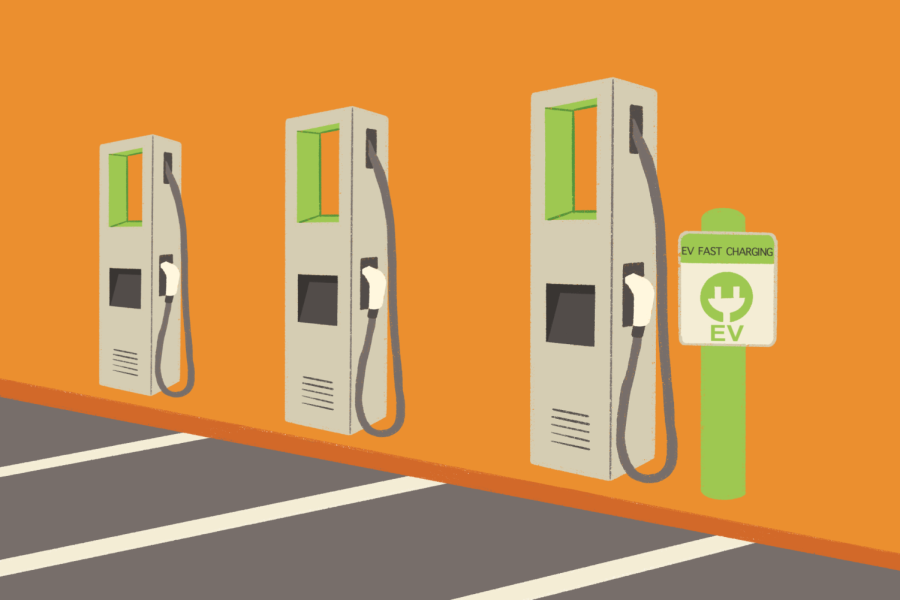Keep expanding our electric fleet
November 10, 2022
As the world transitions toward cleaner energy, UT has been doing its part to help reduce carbon emissions. This includes gradually transitioning its transportation to fully electric vehicles, a fleet that has grown 300% in the last decade. These vehicles are lowering UT’s carbon footprint and reducing maintenance costs across the board.
However, there are still too many gas-guzzling UT vehicles on campus, hindering the ecological benefits of the current electric, emissions-free fleet.
When purchasing new vehicles, the University should favor electric vehicles over gas-powered ones. UT has taken tremendous initiative in making the switch to electric carts, but their goal of electrifying vehicles should be more ambitious than their current 25% estimate.
UT’s new compact electric vehicles have been growing in popularity the past few years, and their presence has been positively noticed on campus. These carts are sleek, efficient, and silent.
Electric carts hold overwhelming benefits over traditional gas powered carts. According to the Office of Sustainability, electric vehicles have a lower cost of operation and reduce UT’s overall carbon emissions. These positive contributions add up, and for an endowment that is already heavily reliant on fossil fuels, our administration should take advantage of every opportunity to limit our carbon impact, including lowering unnecessary emissions from UT vehicles.
Plan II and sustainability studies sophomore Dylan Gross expressed her support for the expansion of renewable energy.
“The upfront costs are going to be extremely expensive, but in the long run, it’s going to level out and provide such a great, better impact,” Gross said.
From the University’s point of view, it’s not easy to swap every gas-powered vehicle for an electric one. Some larger vehicles don’t have feasible zero-emission alternatives yet, and not every function can be replaced by an electric low-speed vehicle.
“The University owns 474 carts, and 574 automobiles, for a total of 1048 fleet vehicles,” Parking and Transportation Services assistant director Mark Kaligian said in an emailed statement. “Of the 574 automobiles (not carts) 35 are hybrids and five are all-electric vehicles.”
The University insists that not all automobiles can be replaced by electric counterparts, a standpoint made evident by their less than 1% all-electric automobile inventory. Smaller carts often aren’t suited for highways and heavy loads. However, with growing innovation in the green energy sector, some of which comes from our school, the University should be able to find a way around this roadblock.
For example, the City of Austin has been leading this charge by adopting new electric vehicles, such as the Ford F-150 Lightning, an electric pickup truck that fits the heavy load and high speed demands that the current UT carts can’t satisfy. The city also added electric sedans and SUVs to its inventory.
The City of Austin is at the forefront of carbon free transportation, a development that has already positively benefited the city. If it has worked for the city, UT should follow suit. Let’s keep expanding our electric fleet, just with a little more ambition.
Laky is an economics sophomore from Chicago, Illinois.











